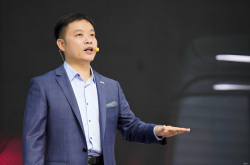Southeast Asia: A Crucial Frontier as Toyota Launches a Strong Counterattack
![]() 11/17 2025
11/17 2025
![]() 354
354
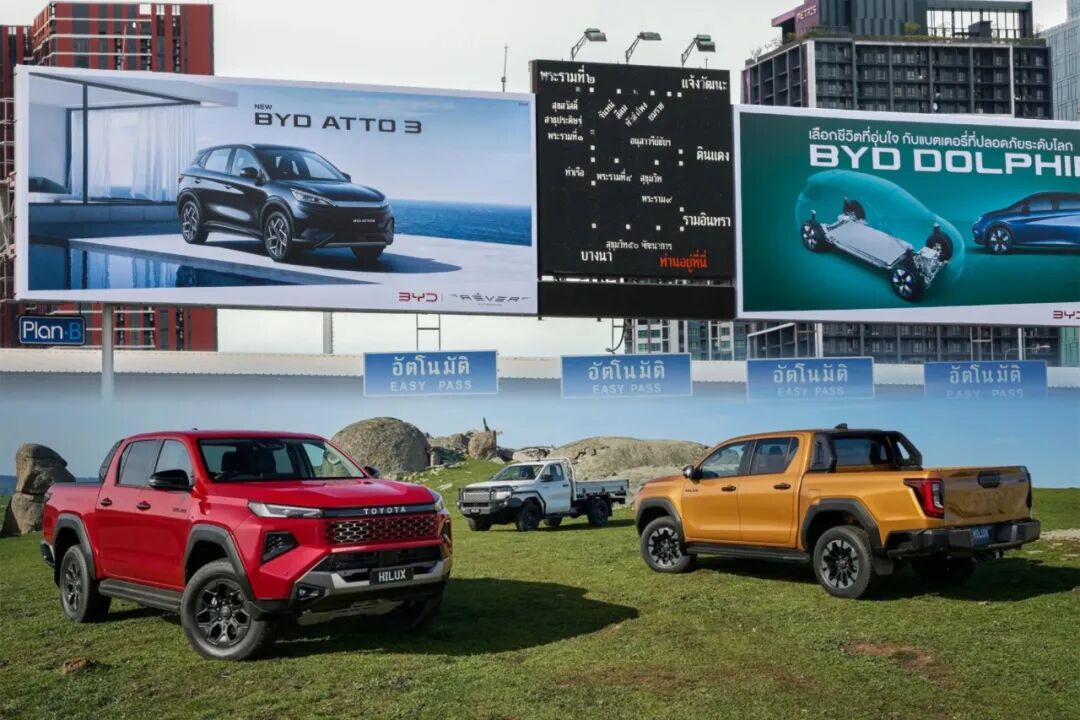
Lead-in
Introduction
For Chinese automakers to truly challenge Toyota's dominance in Southeast Asia, relying solely on products and determination is far from sufficient.
Since last year, with the full-scale implementation of China's overseas strategy for new energy vehicles, nearly all potential regional markets globally have witnessed the entry of a multitude of Chinese automakers. Particularly in Southeast Asia, it appears as though Chinese automakers have, almost overnight, forged collaborations, established factories, and expanded distribution channels, dominating the Thai-led market.
Beyond BYD and SAIC, which are the new forces in overseas expansion, new energy brands like Aion and Neta (which has now ceased operations) that specialize in pure electric vehicles have demonstrated a highly aggressive approach in their swift expansion. However, the Southeast Asian automotive market has never been devoid of competition. While the aggressive advance of Chinese automakers may bring novelty to local consumers, it also signals an impending counterattack from established local automakers.
In 2024, in Thailand, the market share of Chinese brands surged from nearly zero to over 15%, while Japanese vehicles saw their market share decline from a peak of over 90% to around 71%. By mid-year, BYD alone, with several of its new energy vehicle models, outperformed Honda in monthly sales in Thailand, climbing directly to the second position.
Under such circumstances, will Japanese automakers, led by Toyota, simply sit idly by and allow Chinese automakers to seize the market?
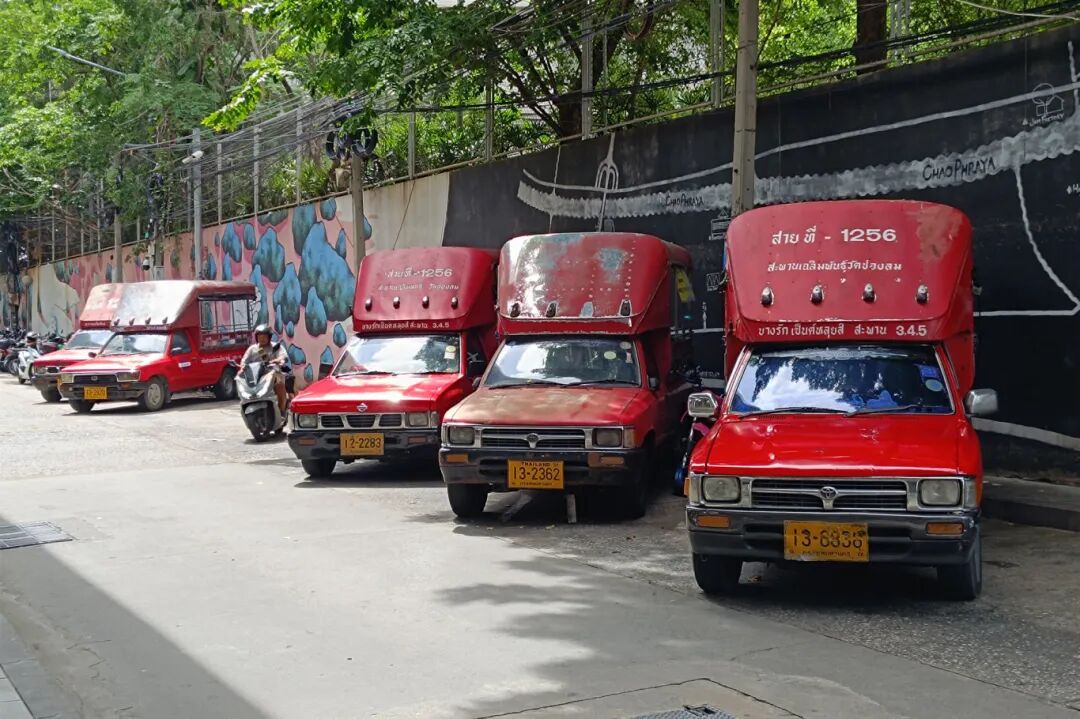
Since the Japanese economy took off in the 1960s, the Southeast Asian market has held particular strategic significance for Japanese automakers. Toyota, in particular, along with even Isuzu, which has vanished from the domestic market, commands a substantial market share with its MU-X and D-MAX models, exerting a profound influence on vehicle demand across the region.
Nowadays, regardless of how ambitious Chinese automakers are about the Southeast Asian market, Japanese automakers will undoubtedly pose as formidable opponents in this pioneering endeavor. When the latter has already integrated into every facet of local social activities, the intensity of their strategic advancement can sometimes surpass imagination, contrary to the belief that they are invincible.
01 Southeast Asia: A Must-Win Battleground for China and Japan
From a strategic planning perspective over the past two years, the significance of Southeast Asia for Chinese automakers is on par with that of Central Asia and South American markets. At this critical juncture of the global automotive industry's comprehensive transition to electrification, leveraging geographical and cultural advantages, this region serves as the ideal battleground for Chinese automakers to test the waters overseas.
Moreover, the core economic alliance in Southeast Asia, known as ASEAN, ranks as the fifth-largest economy globally in terms of purchasing power parity. Its share of the world economy has risen from 5.0% in 2001 to 6.4% in 2023, and its growth rate has since been significantly higher than the global average. Among them, except for Thailand, countries such as Vietnam, the Philippines, and Indonesia have emerged as frontier areas for the development of various industries.
Therefore, as the automotive manufacturing hub of Southeast Asia, Thailand, which houses Toyota Thailand, a mega-factory with an annual production capacity exceeding 600,000 units, accounting for 39.2% of Japanese production in Southeast Asia, has also attracted substantial investments from BYD and Great Wall Motors.
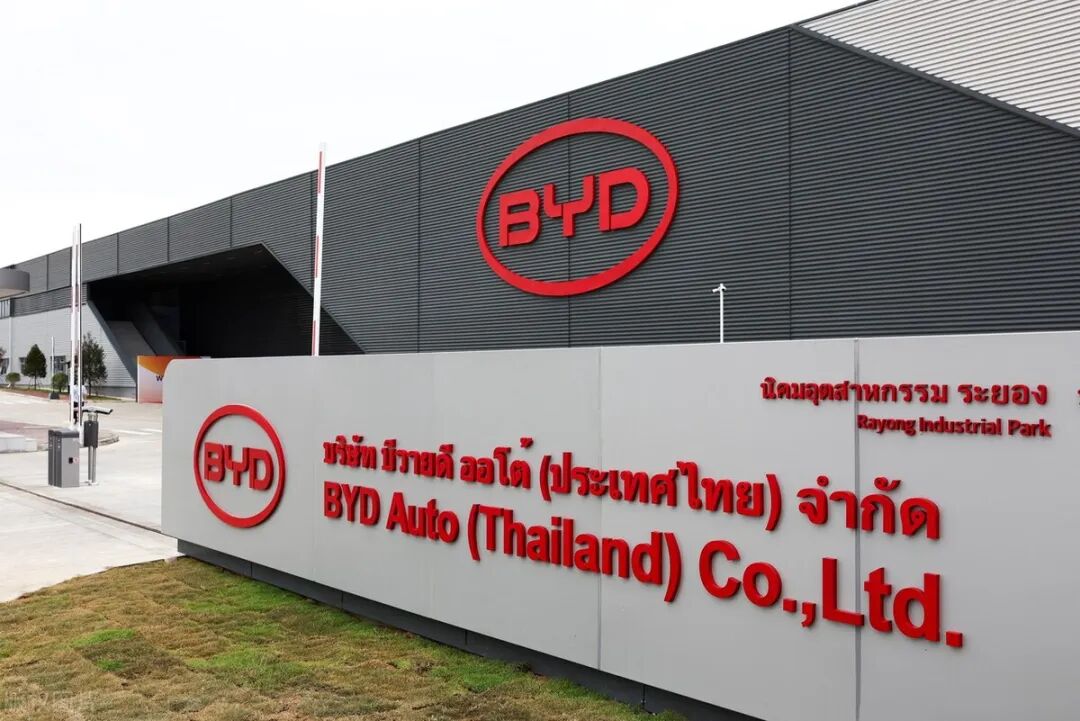
The former's factory in Rayong, Thailand, boasts an annual production capacity of 150,000 units, directly driving the entry of 50 supporting enterprises and increasing the localization rate to 60%. The latter, after acquiring a General Motors factory with an annual production capacity of 80,000 units, aims to elevate the localization rate of parts to over 50%, focusing on the hybrid and electric vehicle market.
A new era demands a fresh atmosphere. As Pintara Wichaikhun, Thailand's Minister of Industry, stated at the completion ceremony of BYD's Thailand factory, "BYD is a top global automaker and a leading enterprise in China's new energy vehicle industry. Its investment in Thailand and the introduction of vehicles with advanced production technology will drive the development of the new energy vehicle industry in Thailand and even ASEAN."
Reflecting on the decades of development in the Southeast Asian automotive market, the arrival of Chinese automakers is clearly the best opportunity for the entire region to undergo transformation. Additionally, with the first visit by a Thai king to China in 50 years of Sino-Thai diplomatic relations, the signal released is undoubtedly that economic communication between China and Thailand will enter a new stage.
Previously, the International Energy Agency's "Global Electric Vehicle Outlook 2025" revealed that in 2024, electric vehicle sales in emerging markets in Asia, Africa, and Latin America approached 600,000 units, a year-on-year increase of 60%, with electric vehicle sales in the Southeast Asian market growing by nearly 50%.
In fact, from that point onward, we should have recognized that given ASEAN's large population base and rapid urbanization process, coupled with the continuous improvement of ASEAN consumers' awareness and acceptance of electric vehicles, the region is becoming an important growth pole for the global new energy vehicle industry. Therefore, Chinese automakers are poised to leverage electric vehicles as an excellent medium to enter the region and exert pressure on Japanese automakers.

This year, according to statistics, from January to October 2025, Chinese automakers sold approximately 310,000 vehicles in the Southeast Asian market, accounting for 12.7% of the region's total sales. Brands such as BYD and Wuling performed outstandingly. If we also consider the reputation gained by Proton, a subsidiary of Geely, in Malaysia in recent years with some globally oriented models, it is even more predictable how fierce the market competition will be for Japanese automakers like Toyota.
Of course, the tug-of-war in the automotive market is always a back-and-forth process. How could the story of Chinese automakers in Southeast Asia be smooth sailing? Especially when facing an opponent like Toyota at the pinnacle of the industry pyramid, everything has just begun.
02 Toyota, a Formidable Defender
Southeast Asia has long been regarded by the outside world as the industrial backyard of Japanese automakers.
This is not only because automakers like Toyota have established a significant automotive industry chain in the region. Over the past half-century, Japanese automakers have achieved a near-monopoly position here. The core reason lies in their excellent, reliable, and durable product characteristics and a comprehensive supply system, which perfectly meet the vehicle needs of local users, thereby establishing a strong customer base throughout the region.
During this special period, it would be unrealistic to assume that Toyota and others will not take any countermeasures.
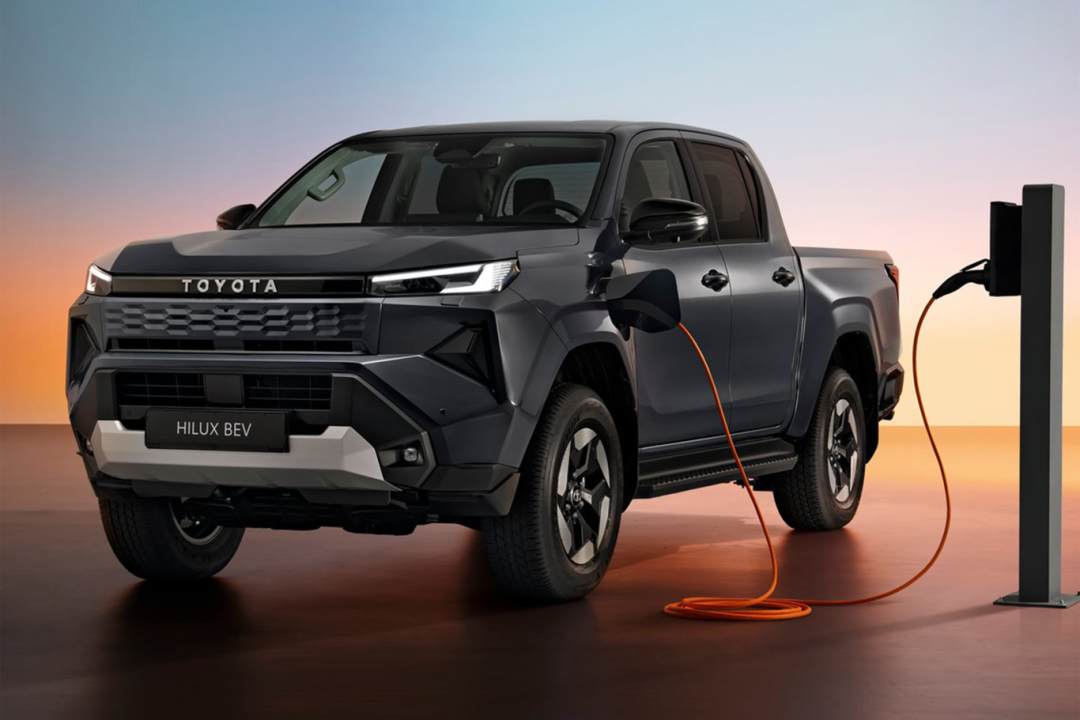
Recently, we can observe from multiple channels that Toyota has launched a strategic model for the Southeast Asian and other "Global South" markets—the all-new Hilux pickup truck—in Bangkok, Thailand. To outsiders, this may seem like just another product refresh by Toyota in the regional market. However, when viewed with a discerning eye, Toyota is launching a thorough counterattack.
The Hilux is a truly legendary vehicle in Southeast Asia, far surpassing the status of any domestic internet-famous car. Its update after a decade and the intentional addition of a pure electric option to its powertrain directly aim to consolidate Toyota's absolute dominance in the region.
Given that Thailand is not only one of Toyota's largest overseas production bases but also an important export hub, the market penetration of the Hilux will become even more concrete. Chinese automakers still have a long way to go to make Toyota willingly cede the Southeast Asian market.
In Southeast Asia, the natural differentiation among automotive users has always been a gap that Chinese automakers must overcome. Although the governments of Thailand, Indonesia, and other countries have provided generous subsidies and policy support to vigorously promote the electric vehicle industry in recent years, leading to rapid growth in the electric vehicle market, and Chinese brands have dominated this field with their first-mover and product advantages, the demand gap at the practical level is not so easy to bridge.
The existence of the Hilux simply tells us concisely what the automotive ecosystem in Southeast Asia is like. Looking at Toyota's local product lineup, models like the Innova, Raize, Fortuner, and Hilux Champ, which have never been introduced domestically, are Toyota's unique signatures in the Southeast Asian market and the real opponents that Chinese automakers need to learn from when entering the market.
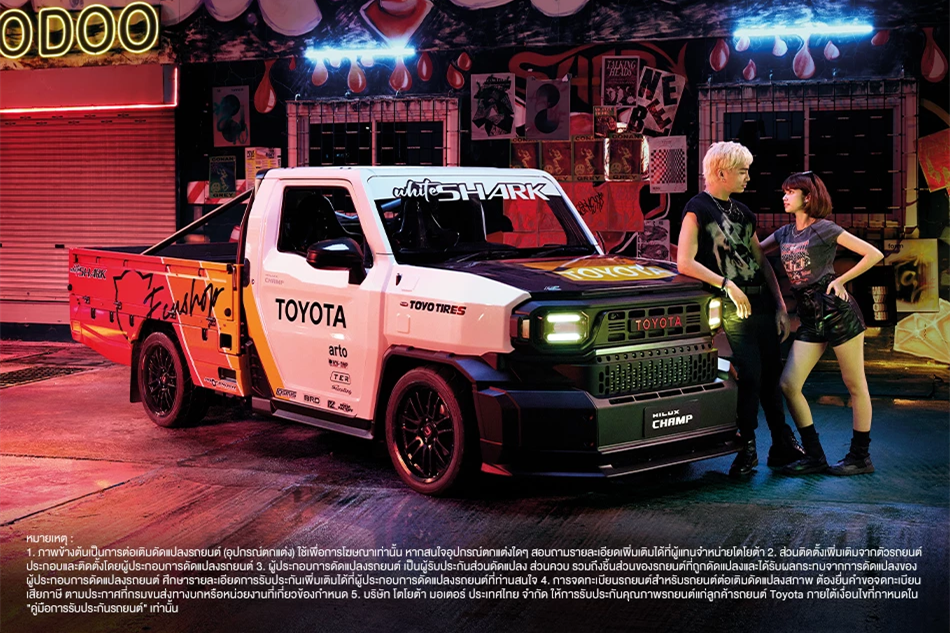
In essence, just as Toyota launches the bZ4X product in China, Toyota always has its unique system in Southeast Asia, from product to marketing, and even channel and user cultivation, all of which are indispensable.
Now, relying on policy incentives in the electric vehicle market and their proficiency in price competition tactics, Chinese automakers can flood into Southeast Asia. However, sometimes, incidents like Neta's closure and price backstabbing can have a huge implicit impact. For Southeast Asian consumers with lower per capita purchasing power than us, this implicit impact will be enormous.
The tragic story of Chinese motorcycles' advance into Southeast Asia more than 20 years ago, from initial success to rapid decline in just three years, is still fresh in our memories. Today, as automakers head south, if Chinese automakers do not want to see history repeat itself, competing with a down-to-earth approach is inevitable.
Japanese automakers like Toyota are indeed "local snakes," but simply attributing their success to first-mover advantage would be disrespectful to the Southeast Asian market. With the launch of the all-new Hilux, Chinese automakers need to understand Toyota's strategies rather than just focusing on others' pricing when formulating their own. Just as BYD can launch the RACCO in Japan, building vehicles for local users will always be the ultimate answer to breaking through overseas markets.
Editor-in-Chief: Cao Jiadong Editor: Chen Xinnan
THE END




